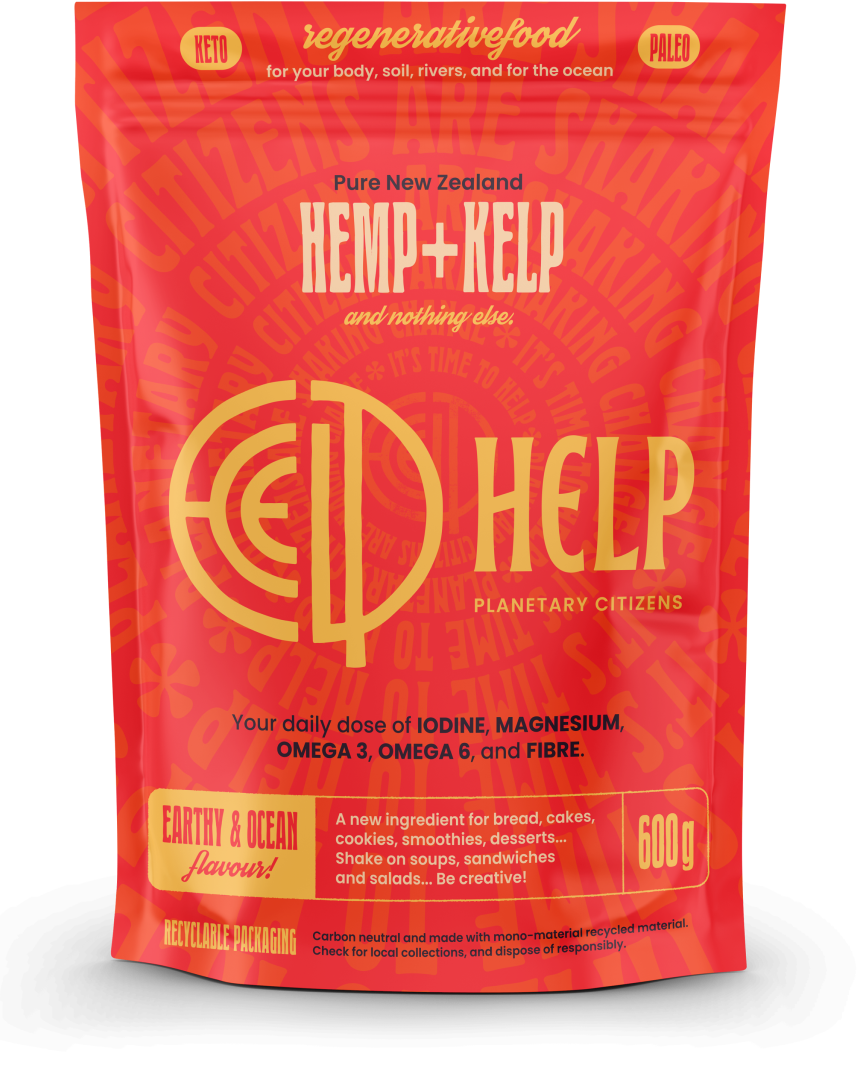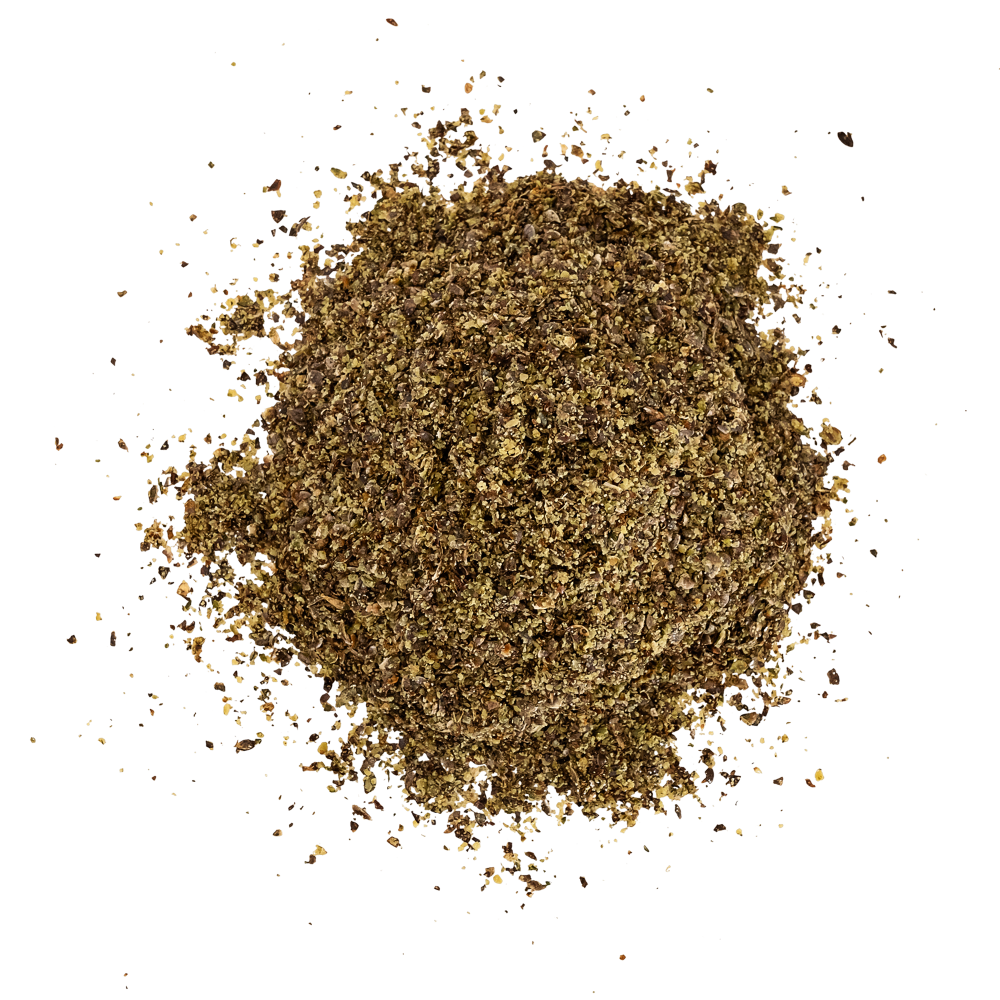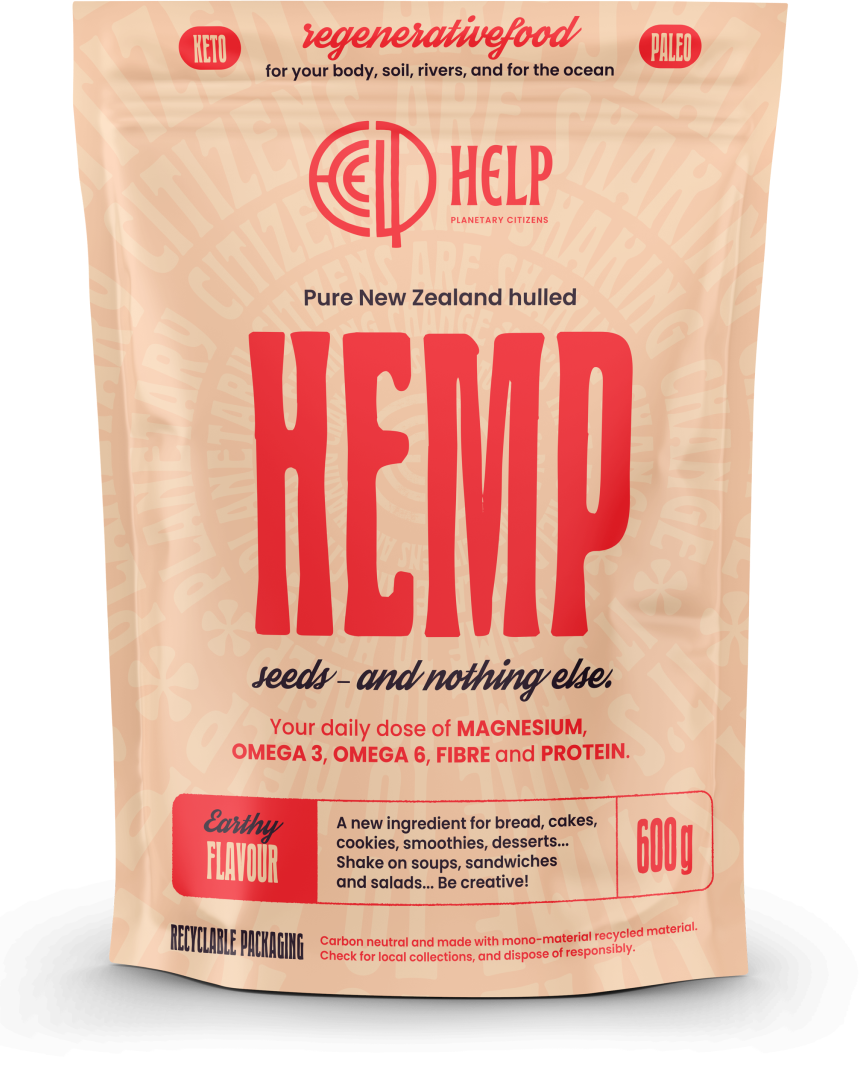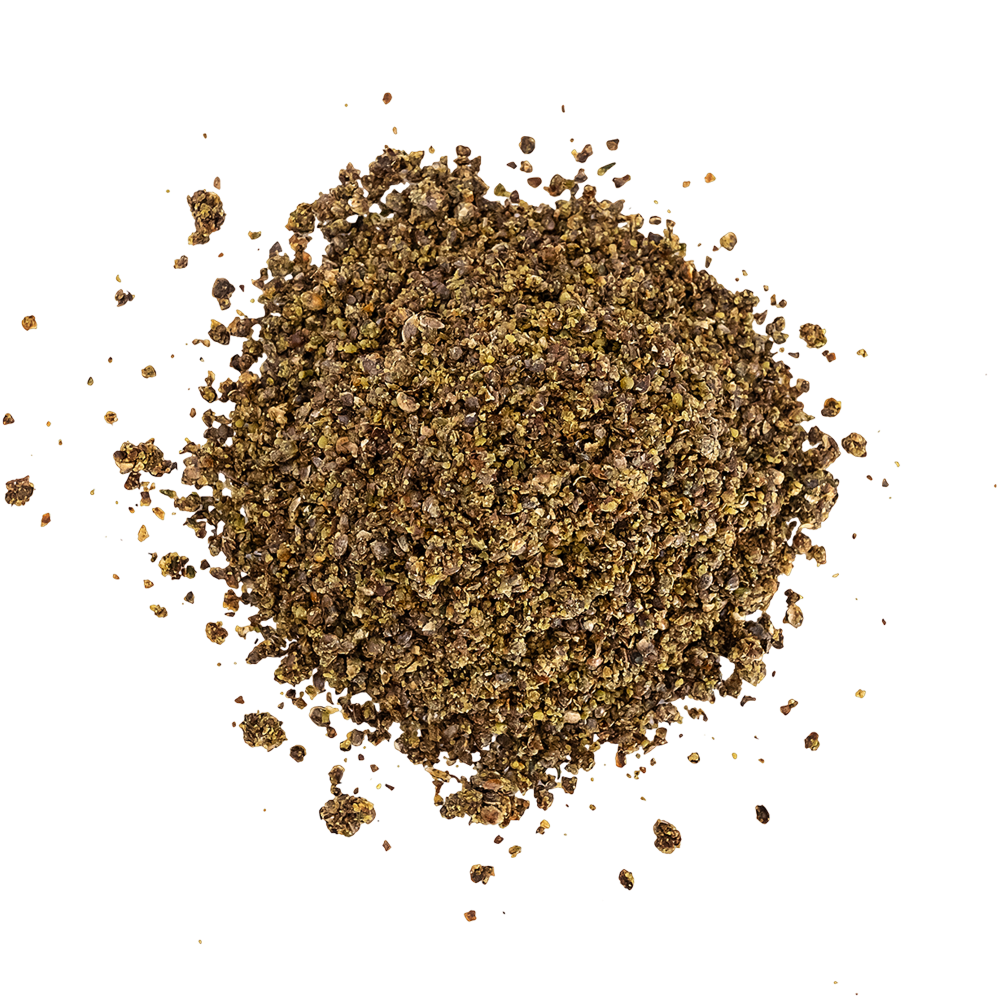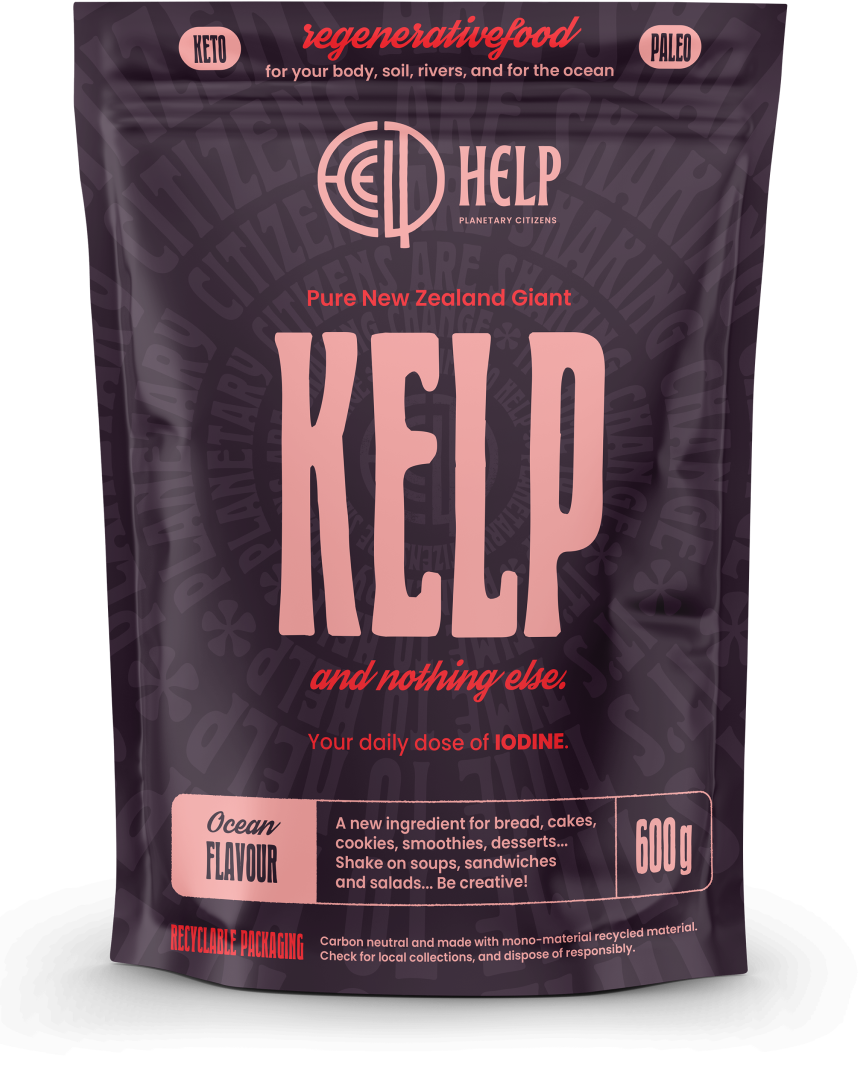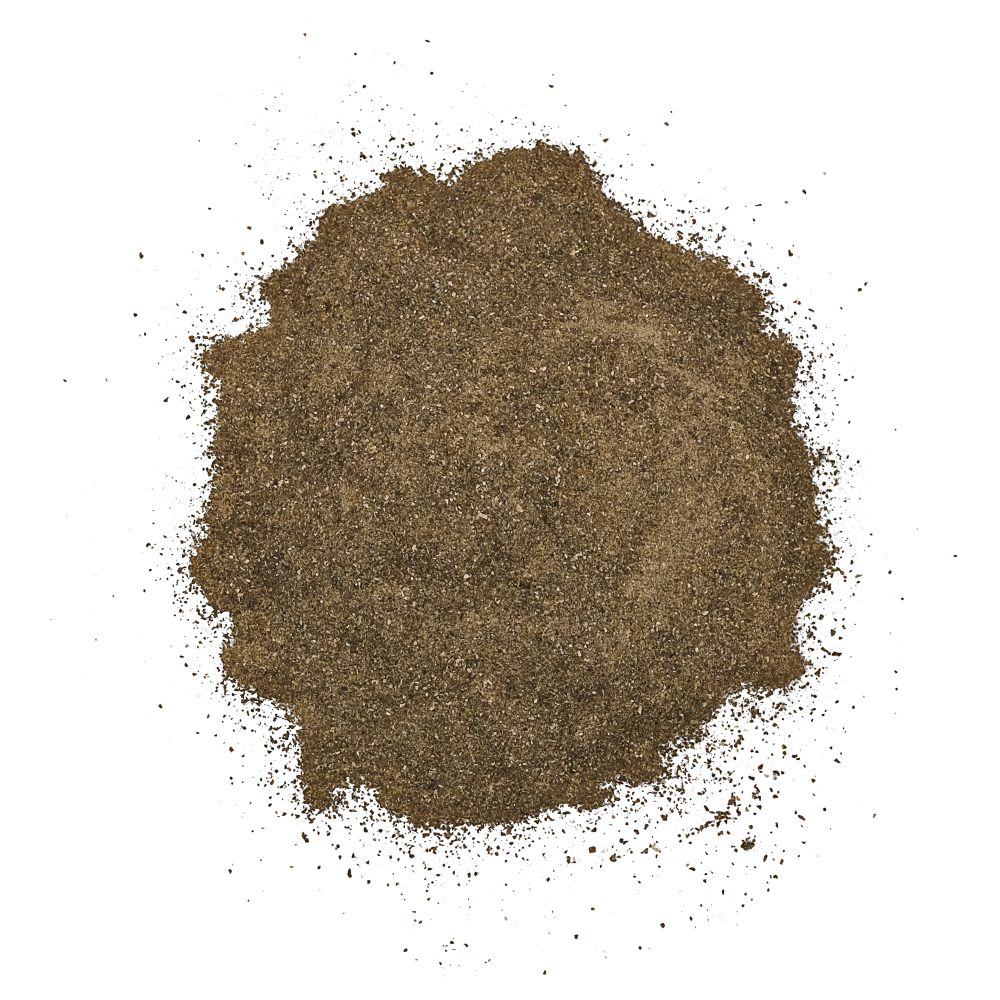
Ancient Roots, Modern Impact
We often think of hemp seeds and giant kelp as modern-day health or environmental trends, but both have rich histories that stretch back centuries—even millennia. These plants have been supporting human cultures and ecosystems long before we started seeing them as superfoods or eco-warriors. Let’s dive into the stories behind these two powerhouses and see how they’ve evolved over time.
Hemp: From Ancient Fibre to Modern Superfood
Hemp has been around for thousands of years, making a serious impact on human civilization long before it became a trendy smoothie ingredient.
1. Ancient Origins: The use of hemp dates back as far as 8,000 BC, with evidence of its cultivation in ancient China. People primarily grew it for its fibres, which were incredibly strong and versatile. Early civilizations used hemp to make everything from clothing and ropes to paper—some of the oldest paper in the world was made from hemp!
2. Sacred in India: In ancient India, hemp was more than just a practical crop—it was considered sacred. The plant is mentioned in ancient Hindu texts as a gift from the gods and was often used in religious ceremonies and Ayurvedic medicine. People believed it had healing properties, which modern research has come to support, thanks to its nutrient-packed seeds and oils.
3. Hemp in Europe: By the time hemp reached Europe around 1,200 BC, it was quickly adopted for its strength and durability. During the Middle Ages, it became the primary material for making sails and ropes for ships, helping nations like England and Spain expand their empires by sea.
4. Colonial America: When settlers arrived in America, they brought hemp with them. In fact, it was so important that in some colonies, farmers were legally required to grow hemp! George Washington himself was known to grow hemp on his plantation.
5. Prohibition and Comeback: Hemp’s reputation took a hit in the 20th century when it was grouped with its psychoactive cousin, marijuana. During the 1930s, many countries, including the U.S., banned hemp alongside marijuana. But in the 21st century, the tides turned again. With the plant’s non-psychoactive nature being recognised, hemp made a major comeback—this time as a health food and eco-friendly crop.
6. Modern Renaissance: Today, hemp seeds are a staple in health-conscious diets, and hemp fibres are being used to make eco-friendly textiles, bioplastics, and even building materials. The plant’s versatility has secured its place in the sustainability movement.
Giant Kelp: Nature’s Ocean Forest Through the Ages
Macrocystis pyrifera, or giant kelp, has been shaping ocean ecosystems for millions of years, but its relationship with humans is just as interesting.
1. Ancient Ecosystems: Kelp forests have existed for over 20 million years, providing a habitat for marine life long before humans ever came into the picture. These underwater forests are nurseries for fish, shellfish, and other marine species. Think of them as the ocean’s version of a rainforest—rich, diverse, and teeming with life.
2. Early Human Use: Indigenous coastal communities, like the Chumash people of California, were among the first humans to recognise the value of giant kelp. They used the plant to make ropes, fishing lines, and nets, thanks to its incredible strength and flexibility. Kelp also became an important part of their diet, providing a nutritious, easily accessible food source.
3. Kelp and Fertiliser: By the 18th century, coastal farmers in places like Scotland and Ireland started using giant kelp as a natural fertiliser. Rich in nutrients like potassium and iodine, kelp was spread across fields to improve crop yields. This practice continued for centuries, proving just how connected land and sea have always been.
4. World War I & II: During both world wars, giant kelp played a surprising role in producing gunpowder. Alginates, a substance found in kelp, were used to create explosives. In fact, the demand for kelp surged during these periods, with coastal communities harvesting it in massive amounts.
5. Industrial Uses: In the 20th century, kelp found its way into more everyday products. Alginates extracted from kelp became common in the food and cosmetic industries, providing texture to ice cream, toothpaste, and shampoo.
6. Modern Conservation Efforts: As we became more aware of the impact of climate change, kelp has reemerged as an environmental hero. Today, kelp forests are being recognised for their ability to absorb carbon dioxide and act as a natural solution to global warming. Scientists are even exploring the possibility of using giant kelp to create biofuels as a renewable energy source.
From Past to Present: The Legacy of Hemp and Giant Kelp
The history of hemp and giant kelp shows how deeply intertwined these plants are with human history and the health of our planet. Both have evolved from ancient tools and resources into modern symbols of sustainability, nutrition, and environmental stewardship.
Hemp, once essential for ropes and textiles, has transformed into a superfood and eco-friendly crop. Giant kelp, once used by coastal communities for survival, is now celebrated as a key player in ocean ecosystems and a potential solution to environmental challenges.
As we move forward, these plants remind us of the power of nature’s resources—both in the past and in the role they’ll play in shaping a healthier, more regenerative future. Whether it’s the seeds of hemp or the towering blades of kelp, these plants have stories that continue to grow with us.

